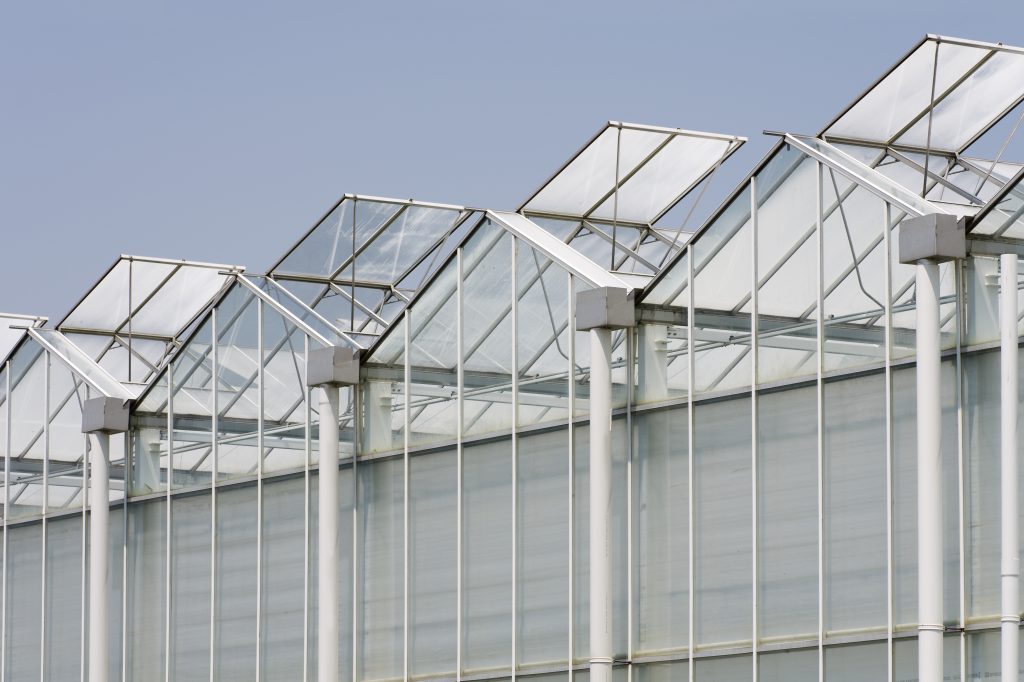
Features
Labour
Management
Keeping greenhouse workers safe in the rising heat
July 7, 2021 By AgSafe
 Photo credit: Getty Images
Photo credit: Getty Images Crops aren’t the only ones feeling the heat lately. Greenhouse workers are, too.
As AgSafe in B.C. notes, some greenhouses in the province shortened their hours of work during the heat wave last week and asked workers to monitor each other for symptoms of heat stress.
With hotter than average temperatures on record, the agricultural health and safety association has provided key pointers for working safely in the greenhouse:
Ventilate – Where applicable, ensure greenhouses have roof props and wall panels opened from early in the morning to help mitigate excess heat build-up.
Shade – Use shade cloths. These come in many shapes, sizes and materials to be customizable to your greenhouse. The higher the density of the material, the better the shade effect.
Air Movement – Place fans close to openings in the greenhouse to help pull fresh air into the structure, adding misters to fans in close proximity to where workers are. This helps cool the air.
Monitor the Heat – Have a thermometer located inside the greenhouse that you can reference throughout the day and ensure the temperature stays within a safe range for active work.
Rotate indoor/outdoor work and shade rest – Whenever possible, try to switch work duties to get yourself and workers outside on a regular basis; this helps regulate body temperature and give workers some relief from the additional heat and humidity. Ensure workers have somewhere to take their breaks outside the greenhouse that is in a shaded area.
Misting: Provide misting in addition to ventilation fans for both work areas and rest/break areas.
Not only are the above tips beneficial to workers, they can help manage heat stress in greenhouse crops, too.
Be prepared
It’s also important to be prepared and provide as immediate treatment as possible. Employers and managers should:
- Ensure all workers, not just supervisors, are aware of heat stress symptoms.
- Use breaks for safety talks and to check in with workers.
- Refresh all workers on how to contact first aid.
- Ensure first aid has rapid access to ice packs and cold water.
- Limit exposure time to heat as much as possible.
- Monitor hygiene of access to drinking water and accessories (i.e. clean drinking water, individual use cups or water bottles are available, taps are kept clean, etc.)
Additional tools and resources can be found on the AgSafe site.
AgSafe is the non-profit health and safety association for agricultural producers in British Columbia providing site-specific consultation and on-site safety education, as well as online workplace safety resources and materials. AgSafe is also the COR Certifying Partner for B.C.’s agricultural and associated industries and offers a Certificate of Recognition (COR) program for large and small employers.
For more information about AgSafe services or agriculture-related workplace health and safety call 1-877-533-1789 or visit www.AgSafeBC.ca.
Print this page